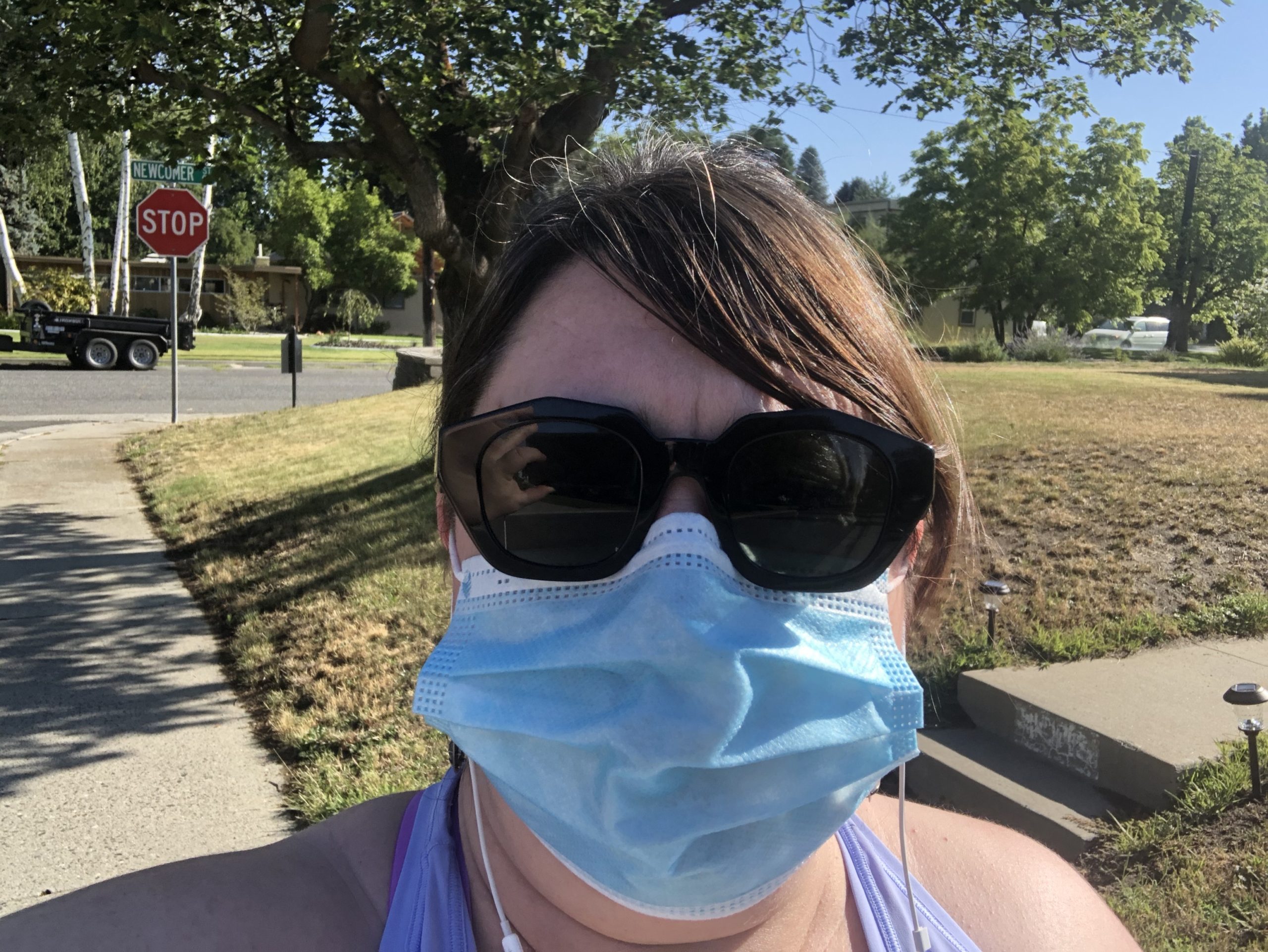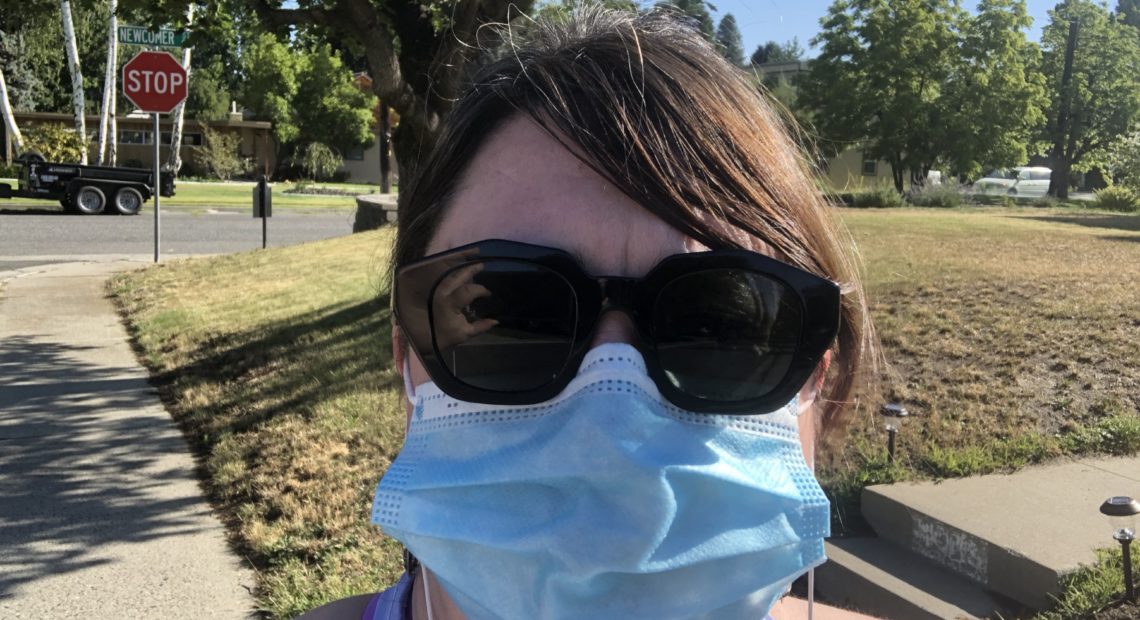
Can I Blame It On … The Dog? Looking Into Just How I Got Sick With COVID-19
Listen
Before I got sick with COVID-19, I was a social-distance ninja: I hadn’t been anywhere. Not even the grocery store.
I recently wrote about my nearly two-months as a COVID-19 longhauler. And the number one question I heard was: “How did you get it?” So I decided to dig into the possibilities.
Turns out, there are four likely ways I could have picked up the virus: husband, dog, surfaces or the air.
The CDC says the main way COVID-19 is spread is person to person, usually within the same household. The only other person in my household is my husband, Andy Plymale.

Anna King’s husband Andy Plymale. After getting sick with COVID-19, Anna decided to dig into the possible ways she could have contracted it. Her husband was a top suspect. CREDIT: Anna King/N3
“No, I had my nose swabbed four times and it was negative, each time,” he says. “And then last week I had an antibody test on my blood and it was also negative.”
Tests aren’t 100 % reliable, but my husband’s consistent results suggest we can rule him out.
Did The Dog Do It?
Next up … Poa, my Aussie dog.
“I feel like it would have to be a situation where somebody was like smooshing your dog’s face all around their face or something,” says Katie Kuehl, a veterinarian and clinical instructor with Washington State University in Seattle.
Kuehl says that although there have been several cases of animals getting COVID-19 from their owners, there have been no documented cases of humans getting sick from pets. She’s studying how COVID-19 is being passed from humans to animals.
“It seems like the likelihood of that would be very low,” Kuehl says, laughing.
So, I guess it’s not Poa the dog.
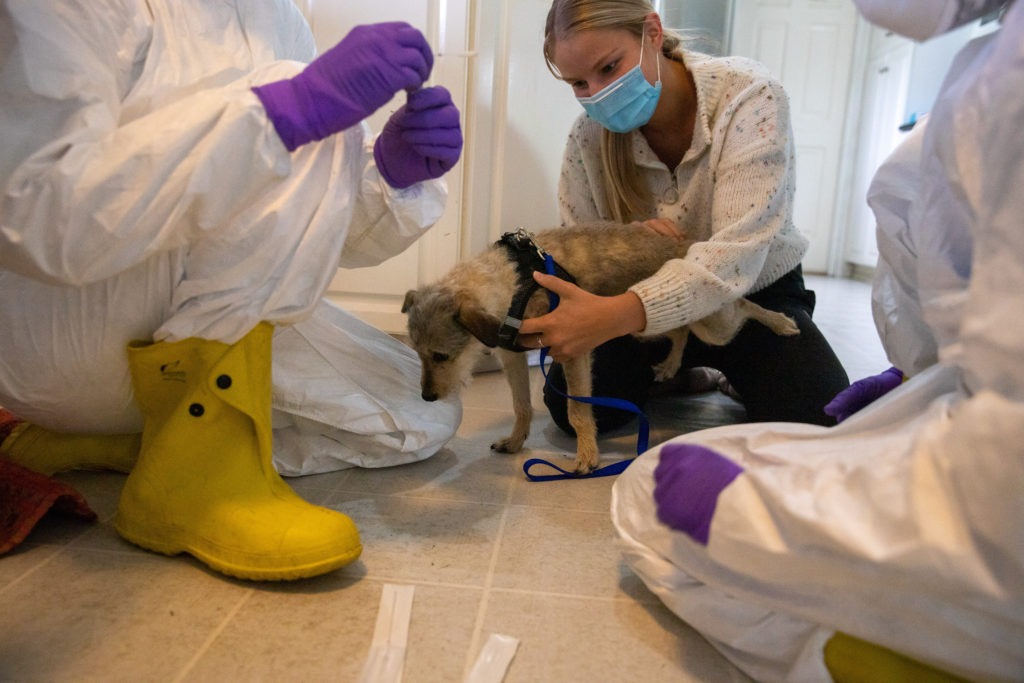
A small dog gets reassurance from his owner following his nasal swab collection for COVID-19 testing as part of a study in Seattle by Washington State University and the University of Washington. Courtesy of Gemina Garland-Lewis
Hard Surfaces
Then, there’s the possibility of getting COVID-19 by touching hard surfaces like metal.
Andy and I stopped going out after the shutdown started in March. But we still got mail and packages at the house. And our groceries were delivered.
“That’s usually that’s not the main way that someone gets the virus,” says Dawn Nolt, a medical doctor and professor of pediatric infectious disease at Doernbecher Children’s Hospital at Oregon Health & Science University in Portland.
“It could happen, but it’s quite unlikely,” Nolt says. “You’d have to touch that surface, and then directly touch your nose or your mouth or your eyes pretty quickly.”
So touching something is a maybe, but unlikely.
In The Air Tonight?
That leaves breathing in particles of COVID-19 in the air. Before I got sick, I walked a couple of miles nearly every day.
Could I have unknowingly followed the path of someone else and breathed in tiny respiratory droplets kept aloft in the air?
“It is not impossible, but it is extremely unlikely. If you are talking about outdoors,” says Jose Luis Jimenez, a chemist, engineer and atmospheric scientist at the University of Colorado Boulder. He studies how aerosols behave in the environment.
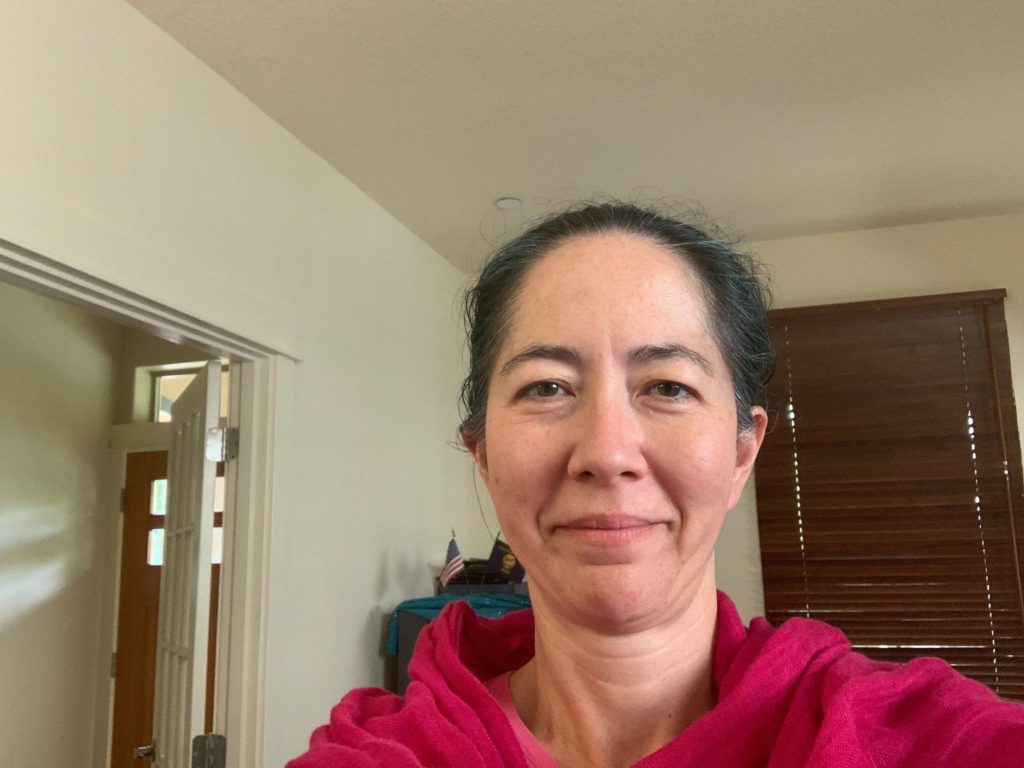
Dawn Nolt is a professor of pediatric infectious disease at Doernbecher Children’s Hospital at Oregon Health & Science University in Portland. Courtesy of Dawn Nolt
“Even when people live in the same house and one person is infected and they don’t know it, not everyone in the house gets infected,” says Jimenez. “Only maybe 20 or 30%.”
But in his own life, Jimenez treats COVID-19 as a very big deal.
“I have not gone indoors away from home since the 12th of March,” he says.
We’ve been barraged with warnings about all the ways COVID-19 can be spread, but in my case, these experts are downplaying them.
So I’m still perplexed.
“You’re right, Anna,” says Dr. Dawn Nolt, “there are many times that we don’t know who gave it to whom or how someone got it.” Nolt says I have a right to be frustrated.
“It’s very unsatisfying if you can’t pinpoint it,” she says.
But all the experts still say: Keep your distance. Wash your hands. And wear a mask.
Related Stories:
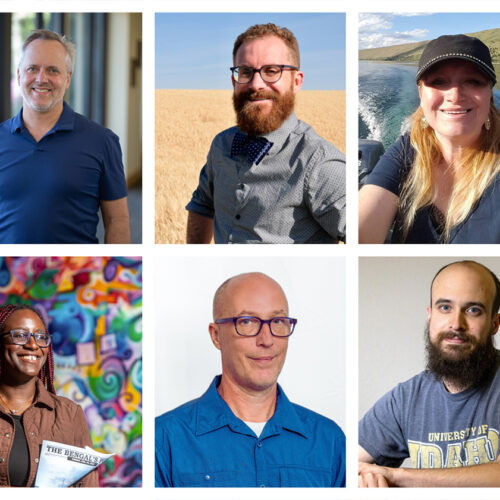
COVID-19, 5 years later: Reflections on the scars we carry, and resilience in unprecedented times
NWPB caught up with local residents and doctors to talk about how they’ve moved forward following the COVID-19 pandemic. They spoke about how the experience changed them and wisdom they’ve gleaned along the way. These are their reflections.
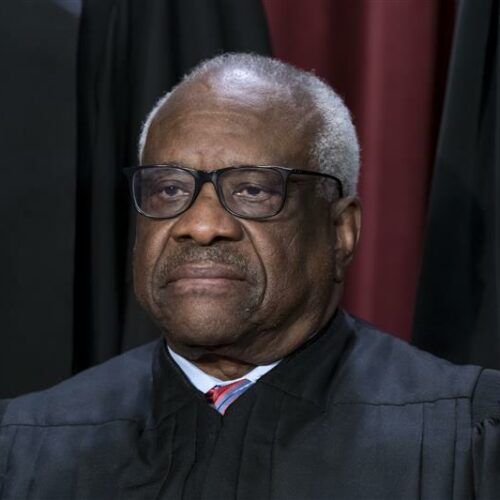
US Supreme Court will consider petition for stay in COVID-19 free speech case
The U.S. Supreme Court will review an application for a stay in a federal lawsuit involving local retired eye doctor Richard Eggleston.
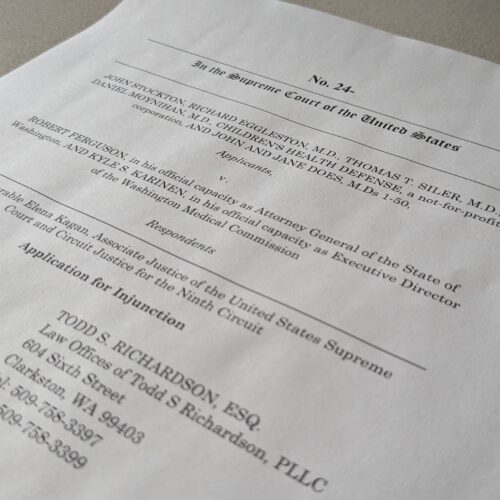
Group representing retired Clarkston ophthalmologist asks US Supreme Court for injunctive relief
A retired Clarkston eye doctor is part of a group asking the U-S Supreme Court to grant an injunction in a lawsuit against Washington state officials.

